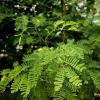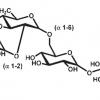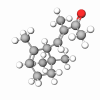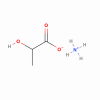Arnica Montana (Mountain arnica) is an aromatic perennial herb with lanceolate leaves belonging to the Asteraceae family. It has excellent healing properties; the value of the flower was discovered independently by both northern Europeans and the American Indians. As a result, it has been used extensively in ethno-botanic medicine.
It contains fatty acids, paraffinic and terpenic hydrocarbons, a bitter substance called arnicine, arnifoline, a sesquiterpene lactone, and polyphenolic acids: caffeic and chlorogenic acids, tannins, phytosterols, flavonoids, and carotenoids.
Mountain arnica flower extract is excellent for acne, rashes, tired and aching muscles, bruises, and sprains. It is analgesic, anti-inflammatory, and anti-microbial. When applied to the skin, arnica helps improve the local blood supply and accelerate tissue healing. Externally applied, arnica has been shown to increase the rate of re-absorption of internal bleeding, from damaged tissue, by the body. The German Kommission E study has approved the use of Arnica flower for injuries and the consequences of accidents, e.g., hematoma, dislocations, contusions, pain due to fracture, rheumatic muscle, joint pain, inflammation caused by insect bites, and superficial phlebitis.
Arnica should never be taken orally, except in minute homeopathic doses, as it can affect the heart. In addition, it is toxic internally and is not to be applied to broken skin. Raw arnica products should not be used over a long period. This could result in skin problems such as dermatitis, so better to use balanced skin care formulations containing the flower extract.










